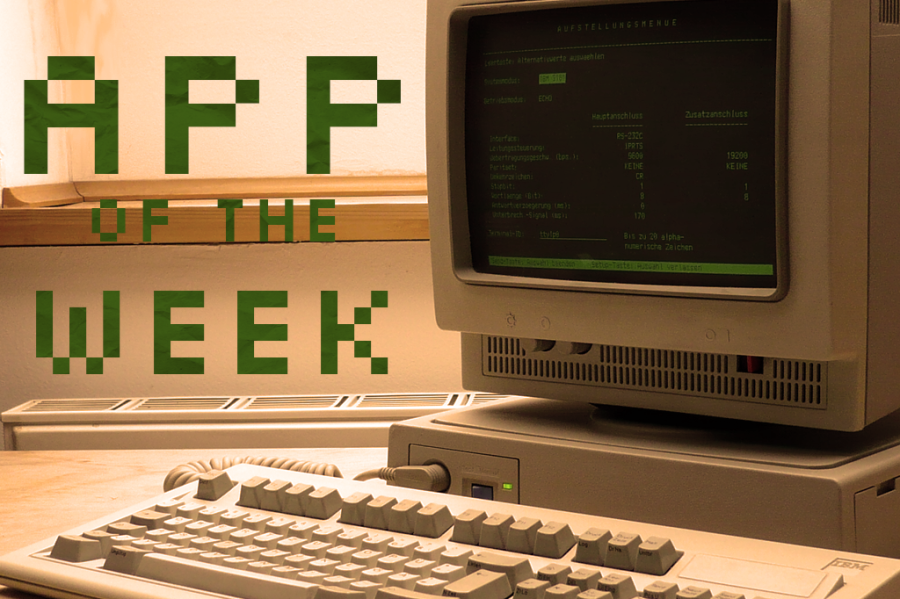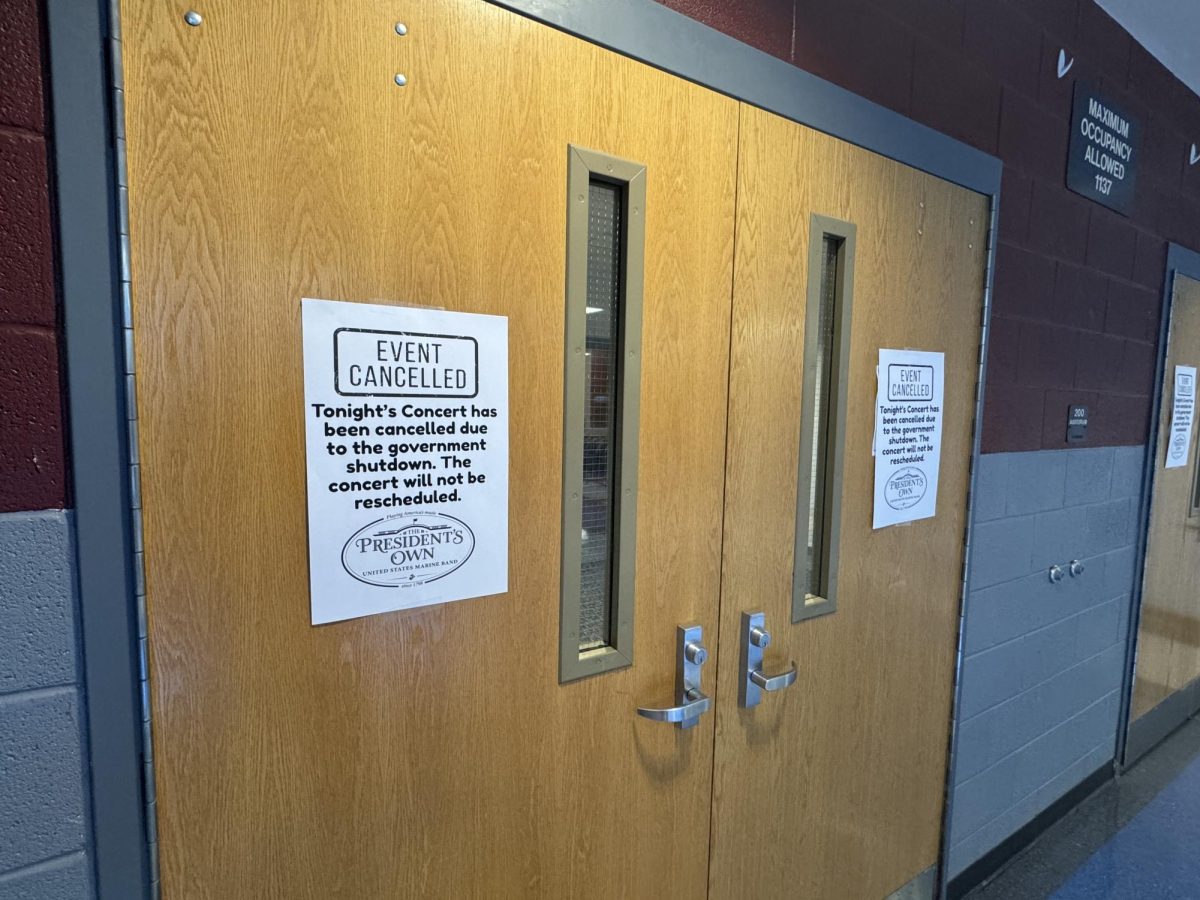Blog: A cheapskate’s guide to online music
January 27, 2015
We live in an age where the Internet provides us with bountiful free music, and it’s a mere Google search away. Owning physical music is a relic of the past, and owning digital music may follow suit, judging from recent trends. Online streaming services like Spotify, Pandora, and Grooveshark are gaining traction quickly, much to the dismay of companies like Apple, who rely on users making permanent purchases. (Note: Apple recently launched its own streaming service to keep up.)
There are those who are fundamentally against streaming services. If you take comfort in owning an actual music library or are opposed to the meager royalties artists receive from these services, the following guide probably isn’t for you. Now that that’s out of the way, let’s move on.
What is a frugal individual to do with so many services available? How does one even begin to make a decision? What offers the most bang for the lack of buck? My friends, I have personally tested a plethora of options. I have all the answers.
Unless I say otherwise, it’s safe to assume that the following services have iOS and Android apps, as well as web-based players.
Pandora and iTunes Radio
Pandora and iTunes Radio are the odd services of the bunch, simply because the user has little to no control over what plays.
If you’re okay with that and like pleasant surprises, Pandora is the the clear choice for you. You simply input an artist, album, or song that you are familiar with, then Pandora curates an infinite playlist comprised of similar songs you (might) enjoy.
When a song plays that you like or hate, give it a thumbs up or down, and the playlist will adapt based on your preferences. On the occasion that a song is so awful that you cannot bear to listen to the end, you can skip it entirely; but beware: Pandora only gives you six skips per hour per playlist, so use them sparingly.
In my experience, the service is aptly named. Yes, you might find a couple of gemstone songs, but the playlists usually consist of monotonous humdrum. When I start a Beatles playlist, I find myself yearning for familiar Beatles songs, as opposed to the obscure pop-rock that plays. But hey, 77 million Pandora users disagree with me.
Ads crop up every now and then, but are generally unobtrusive. The $4.99/mo paid version of the Pandora, dubbed “Pandora One,” gives you more skips, no ads, and a higher bitrate (quality of sound).
iTunes Radio is almost identical to Pandora, so I won’t bother giving it its own category. It’s a little worse at predicting music you’ll like, overall. As I was using it, I always felt like Apple was trying to con me into buying the current song with a little “$1.29” button in the top right.
Ah, Spotify. Unlike Pandora, Spotify is a much more comprehensive service: It offers playlist creation, Facebook integration, and music exploration; it also includes a Pandora-esque radio service. You have the ability to follow artists to get notified when their new albums are posted on Spotify. The music selection is vast (although there are disappointingly few Beatles songs).
What’s my main gripe with the free service? The ads. Good lord, the sheer number of mind-numbing, noisy, infernal ads… There was a time in which Spotify plopped one ad between every eight to ten songs, but recently things have taken a turn for the worse. Do you think three ads in a row is unbearable? Try three of the same ads for a McDonalds cheeseburger in a row–all with the identical “ba-da-dum-dum-dum” jingle. I wanted to throttle McDonalds with the very fast food they were trying to sell me.
All that aside, the Spotify staff consistently update a bunch of playlists in every genre that are really quite good. Additionally, they have quirky playlists such as “Retro Gaming” and “Halloween Party,” if that’s your cup of tea.
Spotify Premium doesn’t come cheaply, at $9.99/mo. However, the service is constantly trying to entice new users with discounts, so keep an eye out. (Over the holidays, they were offering three months of their premium service for $.99.) The paid features include the ability to download music for offline listening, no ads, and a higher bitrate.
If I had to describe Rdio in four words, I’d use “cumbersome” and “delightfully ad free.” The web-based interface is a poor attempt at minimalistic design; navigating the website is a painful slog of missing buttons.
It has an okay Pandora-esque feature and an okay selection, although most of the music library is newer releases. Rdio’s redeeming quality is the lack of ads. I played through two entire albums and only had to sit through one, measly, unobtrusive ad.
Their premium service, “Rdio Unlimited,” is $9.99/mo and offers offline listening and no ads.
Maybe the cheery orange background got to me, but I ended up liking Grooveshark more than I had anticipated. The service has a neat little panel that pops up on the bottom of the screen that assembles a queue of songs–almost like a temporary playlist.
You can upload your own music to the service if you have a pre-established music library on your phone or PC. There’s a standard Pandora-esque feature. Grooveshark seems a lot more community-oriented than a lot of the other aforementioned services. There’s a never-ending page of what random Grooveshark users are listening to–and you can choose to listen with them.
The selection seems to feature indie bands (oh goodie!) and a moderate amount of new releases. Along with a web player, there is currently an app for Android and a jailbroken app for iOS. Do not fear, iOS users: You can still run HTML5 Grooveshark through your mobile browser (Safari, Chrome, etc) on an unjailbroken device.
To conclude: Spotify is really your best bet. Its selection of music is the most extensive of all its competitors. As long as you don’t mind some (admittedly) annoying ads, Spotify gives you a great amount of control over your music. That being said, it’s not for everybody. You can reread my thoughts on the streaming services to see which one suits you, or, better yet, try them out yourself. Plug in your headphones everyone–the next era of music has arrived.


















